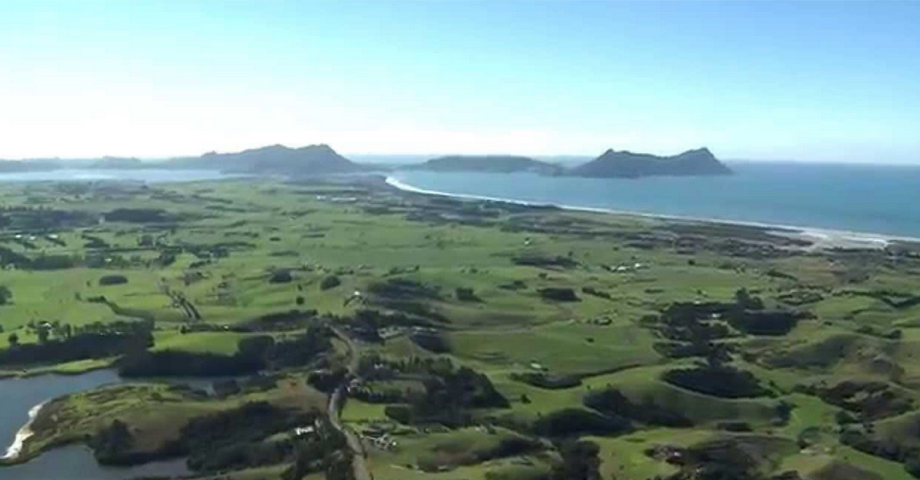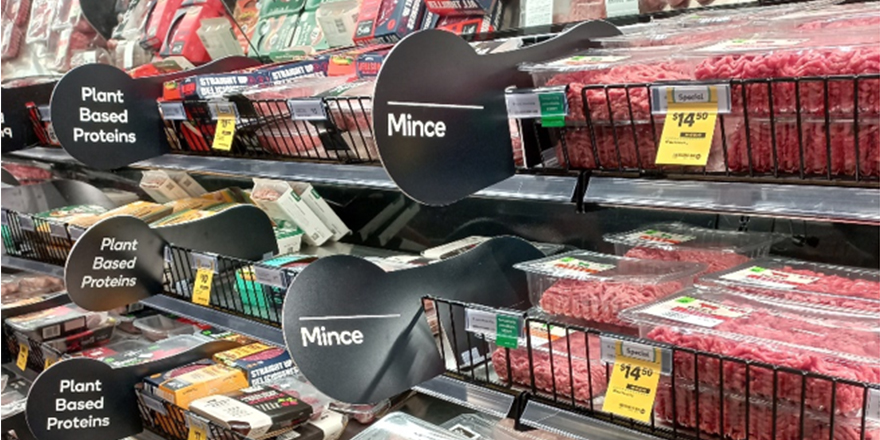
Executive summary
Climate change is a global issue with local influence. It will both impact New Zealand’s agricultural systems and be impacted by them. New Zealand farmers face significant agricultural emissions reduction targets. Achieving these will be heavily influenced by how agricultural methane emissions can be reduced. The methane from farmed livestock in New Zealand accounts for 76 per cent of all of the biogenic methane New Zealand produces.
This report seeks to understand the potential options for New Zealand livestock farmers to decrease their methane emissions. It considers the unique circumstances faced in New Zealand and assesses some of the drivers and impacts which should be considered in their uptake.
To understand the potential options for New Zealand farmers and the impacts they may have, several questions needed to be answered:
- What are the drivers pushing New Zealand farmers to decrease methane emissions?
- Where New Zealand agriculture has got to on reducing methane, and how it got to this point?
- What are the reduction options for New Zealand farmers to consider?
The methodology comprises of a conducting a stocktake of emission reduction targets faced by farmers to understand how the timing and intensity of these targets have changed. Datasets from peer reviewed, government, and industry, published sources were extracted to produce a time-series view of the livestock sector and enable interlinkages to be explored. Finally, a review of existing peer-reviewed and grey literature and a thematic analysis was conducted. This both identified possible options for New Zealand farmers and considered the implications for New Zealand farming systems of the options.
Each themed option was explored to understand:
- What the option is.
- The methane emissions reduction impact.
- How applicable the option is for New Zealand farmers.
- The cost of implementing the option on a farm.
- When the option will be available for New Zealand farmers.
While government targets have historically been the main driver for agricultural emissions reduction, industry and businesses are now bringing in commitments. These will need to be met by farmers or they may face challenges selling their products.
New Zealand’s agricultural sector is a dynamic mosaic. It is constantly changing to adjust to outside pressures and its methane emissions have grown and shrunk over time. It’s mosaic nature also means different parts of the sector are further through realising methane reductions than others. Beef, sheep and dairy all face the same challenge, but are at different stages of responding to it. Not all options can be applied equally.
Farmers already have some tools to hand which can be used to reduce methane emissions. These need to be embraced early if methane is to be reduced in time. Some technologies are under development for the future, which may be easier to implement, have lower costs, or achieve greater reductions, but they are also still unproven. Significant research is still required for these to become useable options for New Zealand farmers.
It is recommended that:
- All groups work together to ensure methane reduction options are adopted on farm as early as possible.
- Farmers consider the full impact of methane reduction options on all emissions and the wider environment, how the different options may fit with their farm, and how they will operate in a changing operating environment.
- Government and industry work together to encourage and enable farmers to reduce their methane emissions as rapidly as feasible.
There is still significant progress to be made on reducing methane, but some change has already occurred. Each year, new ideas and technologies become a reality, so the options for farmers needs to be regularly reviewed. There is a low methane future for New Zealand’s farmers.
William Aitkenhead




